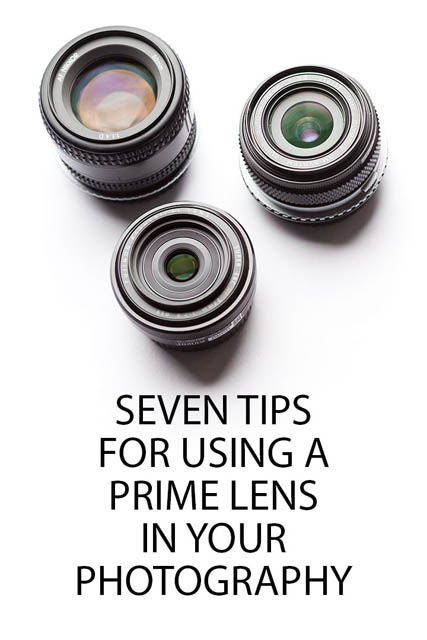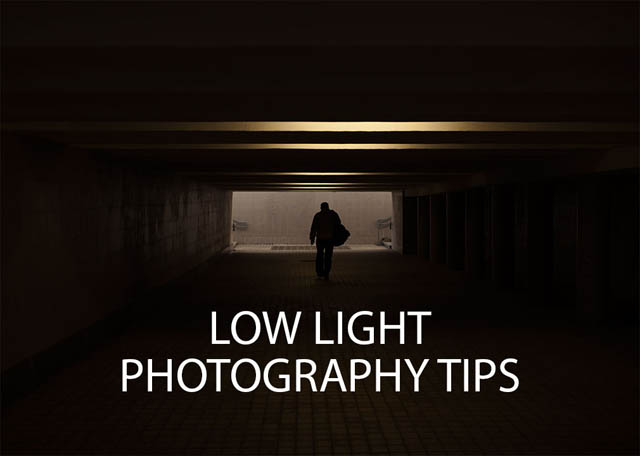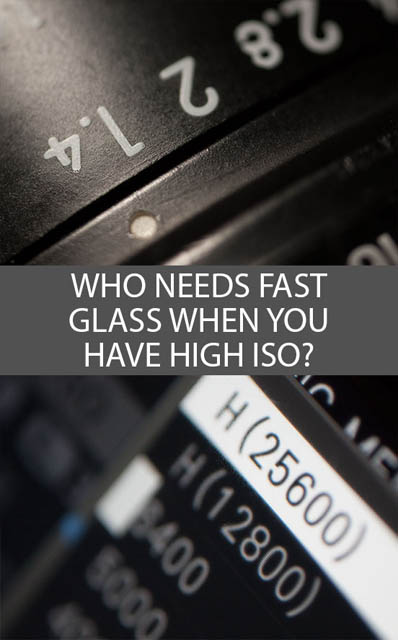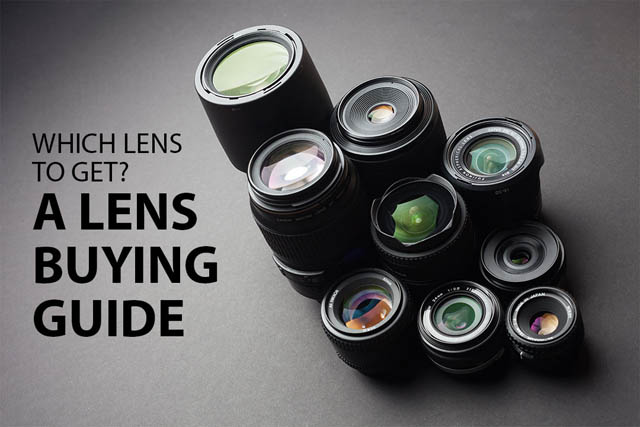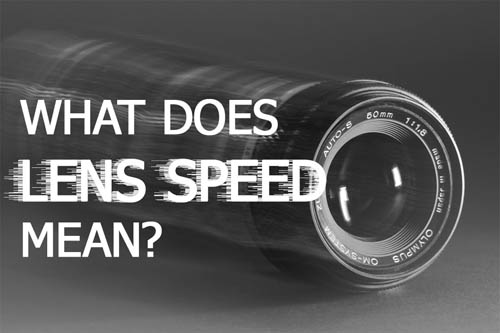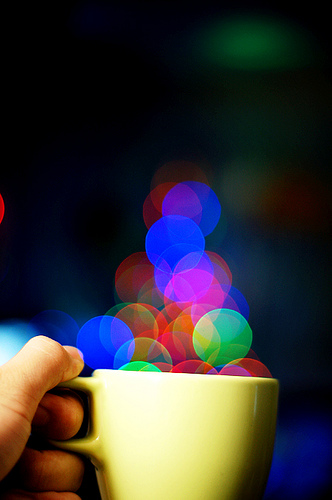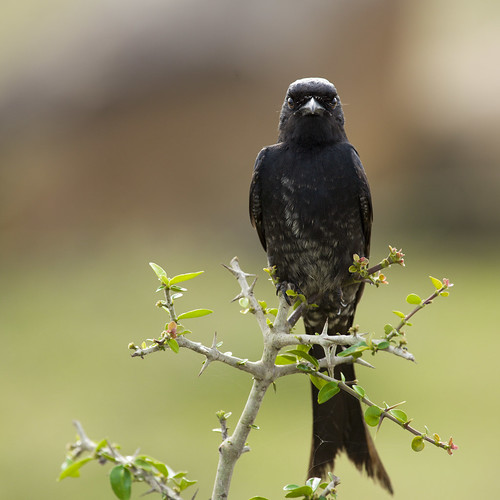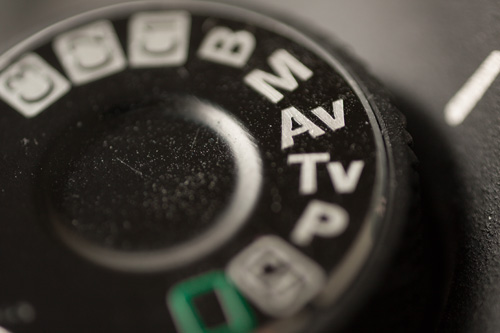Seven Tips for using a Prime Lens in your Photography
A prime lens is a lens with a single fixed focal length - it cannot be zoomed. Prime lenses appeal to photographers for a number of reasons. Depending on the lens, it might offer some combination of a large maximum aperture, small size, excellent build quality, better image quality, or lower price, compared to a zoom lens. In this article we'll look at some tips for using a prime lens, and how to deal with some potential issues you may come across.
Read the rest of this entry »